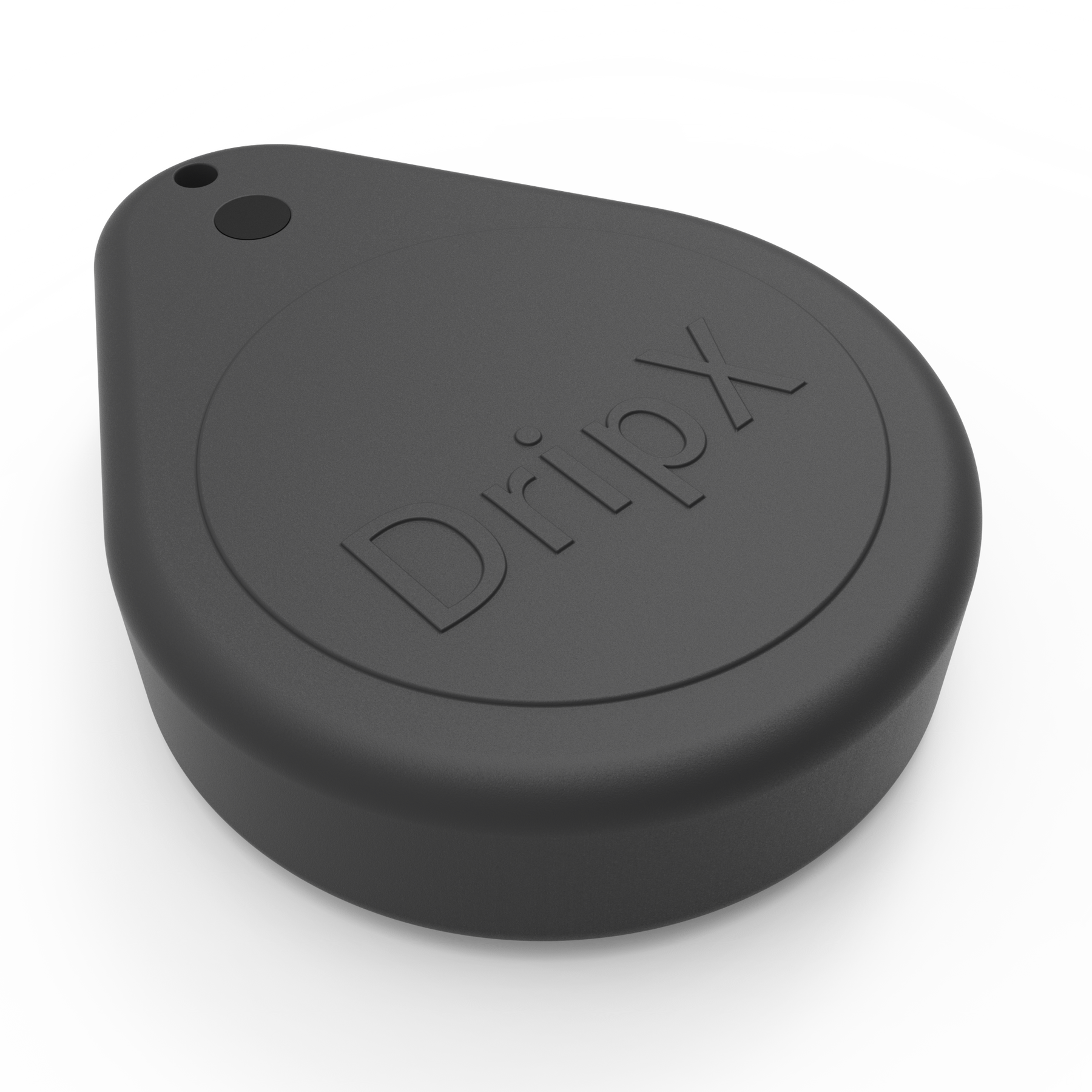Keeping a bathroom faucet head clean is essential to maintain its functionality and appearance. A dirty faucet head can cause water flow issues and harbor bacteria, which can be harmful to your health. In this guide, we will discuss the approved methods and big tips on how to clean bathroom faucet head effectively.

Why Cleaning Your Faucet Head is Important
Cleaning your bathroom faucet head regularly is important for several reasons:
- Maintains water flow: A clean faucet head ensures a steady and strong water flow, making your daily tasks easier.
- Prevents bacteria growth: A dirty faucet head can harbor harmful bacteria, which can be transferred to your hands and mouth.
- Prolongs faucet life: Regular cleaning can extend the life of your faucet by preventing buildup and corrosion.

Tools and Materials Needed
Before you start cleaning your bathroom faucet head, gather the following tools and materials:
- White vinegar
- Baking soda
- Small plastic bag
- Rubber band
- Old toothbrush
- Soft cloth
- Paper towel

Step-by-Step Guide to Clean Your Faucet Head
1. Removing Mineral Deposits
Mineral deposits can clog the tiny openings in your faucet head, causing reduced water flow. Follow these steps to remove mineral deposits:
- Fill a small plastic bag with white vinegar.
- Place the bag over the faucet head, ensuring the vinegar submerges it.
- Secure the bag with a rubber band and let it sit for 1-2 hours.
- Remove the bag and scrub the faucet head with an old toothbrush.
- Rinse the faucet head with water and dry it with a soft cloth.
2. Removing Limescale and Soap Scum
In addition to mineral deposits, limescale and soap scum can also build up on your faucet head. Here’s how to clean them:
- Mix equal parts of white vinegar and baking soda to form a paste.
- Apply the paste to the faucet head and let it sit for 15-20 minutes.
- Scrub the faucet head with an old toothbrush.
- Rinse the faucet head with water and dry it with a soft cloth.
Maintaining a Clean Faucet Head
Regular Cleaning Routine
To keep your faucet head clean and functioning properly, follow a regular cleaning routine:
- Clean the faucet head once a month using the methods described above.
- Wipe down the faucet head with a soft cloth regularly to prevent buildup.
- Inspect the faucet head for any signs of damage or wear and tear.
Preventing Future Buildup
To prevent future buildup on your faucet head, consider the following tips:
- Install a water softener if you have hard water, as it can reduce mineral deposits.
- Use a squeegee or soft cloth to wipe down the faucet after each use, removing any water droplets that can cause buildup.
- Avoid using harsh chemicals or abrasive cleaners, as they can damage the faucet head’s finish.
Troubleshooting Common Faucet Head Issues
Low Water Pressure
If you experience low water pressure, the problem may be due to a clogged faucet head. Follow these steps to resolve the issue:
- Clean the faucet head using the methods described above.
- Check for any debris or buildup in the faucet head’s aerator and clean it if necessary.
- Ensure the faucet’s valves are fully open and not restricting water flow.
Leaking Faucet Head
A leaking faucet head can be caused by several factors, including a damaged O-ring or worn-out washer. To fix a leaking faucet head:
- Disassemble the faucet head and inspect the O-ring and washer for any signs of damage.
- Replace any damaged components with new ones.
- Reassemble the faucet head and test for leaks.
Cleaning Different Types of Faucet Heads
Single-Handle Faucet
Single-handle faucets are common in many bathrooms. To clean a single-handle faucet head:
- Follow the general cleaning methods described above.
- Pay special attention to the handle area, where buildup can accumulate.
Double-Handle Faucet
Double-handle faucets have separate handles for hot and cold water. To clean a double-handle faucet head:
- Use the same cleaning methods as for single-handle faucets.
- Ensure both handles are cleaned thoroughly to prevent buildup.
Touchless Faucet
Touchless faucets are becoming increasingly popular for their convenience and hygiene. To clean a touchless faucet head:
- Be careful not to damage the sensor while cleaning.
- Use a soft cloth and mild cleaning solution to gently clean the faucet head.
FAQs
Q: How often should I clean my faucet head?
A: It’s recommended to clean your faucet head at least once a month to prevent buildup and maintain optimal performance.
Q: Can I use bleach to clean my faucet head?
A: It’s best to avoid using bleach, as it can damage the faucet head’s finish and cause corrosion. Stick to mild cleaning solutions like vinegar and baking soda.
Q: What should I do if my faucet head is still not working properly after cleaning?
A: If your faucet head is still not functioning correctly, consider replacing it or consulting a professional plumber for further assistance.
For more information on bathroom maintenance and other home improvement tips, check out these articles:
Additionally, you can find a variety of faucet parts and replacements at Home Depot and Hansgrohe.
As an Amazon Associate, I earn from qualifying purchases.




